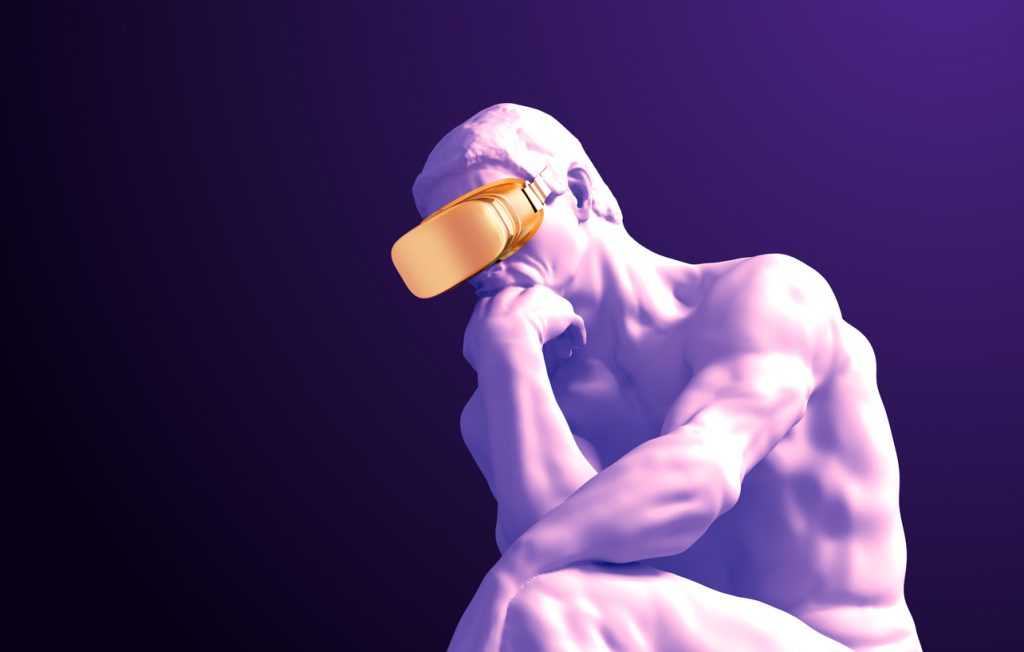Re-Thinking the Art and Science of Asbestos Litigation

As more talented, senior lawyers retire, their absence is producing a knowledge gap that is difficult to replicate and compounded by the inability for many professionals to work productively or collaboratively in an office. Capturing this knowledge immediately and comprehensively is critical given the impact of COVID-19 on law firm attrition.
The challenge is particularly important in serial litigation that has spanned an entire generation of professionals, like that involving asbestos exposure. There, for decades, litigators have been wrestling over the science of asbestos diseases alongside the art of telling the story of its victims. That mix of complexity and simplicity has defined one of the most impactful personal injury dockets in history.
But beyond balancing the toxins and the tales, both sides need to plan for the future before losing understanding of the collective history of their matters. That history enhances predictability and fuels the value of data and metrics, which have become a meaningful component of every strategy discussion and negotiation. They are influencing valuations, settlement packages, and trial tactics, particularly as lawyers try old cases in new ways.
For example, in a novel virtual jury trial in the San Francisco Bay Area, Honeywell won a defense verdict on September 3, 2020, yet it still closely monitored an array of data points that it anticipated affecting the outcome. First, it sought to disqualify a judge from the case after he discussed his own possible asbestos exposure when unmuted on Zoom, as judicial rulings are a strong indicator of success. Later, it filed a “notice of irregularities” due to issues with the livestream audio feed, distracted juror conduct while hearing the case in their homes, and general technical issues.
Even in a remote environment, the parties will leverage analytics that give them an advantage in producing results. In fact, a careful data analysis could increase the appeal of settlements or prompt creative case packaging. It gives users the ability to rank matters based on an array of factors and develop a much more accurate valuation range.
Legal teams are studying trial developments like scouts evaluate pitching mechanics. As new case resolution formats, such as virtual trials and online arbitrations, become more common and both plaintiffs and defendants recognize unique fact-finder distractions, judicial approaches, and jurisdictional distinctions, data will be at a premium.
Without question, litigation is in transition. It has evolved from an elite, talent-centric exercise in persuasion to a universally accessible, technology-enabled analytical initiative. That shift is driving the value and use of diagnostic details to make decisions, develop strategies, and evaluate options.
The cases that now benefit the most from this transformation are those with a long history, but a shorter future like the matters associated with asbestos. While we cannot relive a generation of lessons learned, we can capture the data associated with that experience to fuel greater certainty in an unfamiliar landscape.
© 2021 – Q Risk Analytics LLC. All Rights Reserved.
